IARPA is putting together its REASON program that aims to help analysts identify crucial overlooked pieces of information while automatically generating comments to aid their intelligence reporting.


Today we take a deep dive into the fascinating species that is Homo Sapiens.
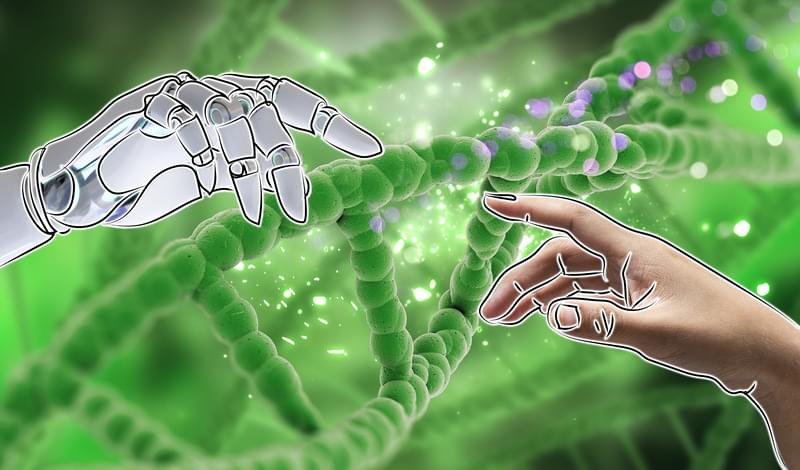
As they suggest, Denisova 11 was not an isolated case but rather a hint of a more general introgression process.
This study was the first to use deep learning technologies to inspect human evolution. In the future, it’s expected to become more common in fields such as biology, genomics and evolution.
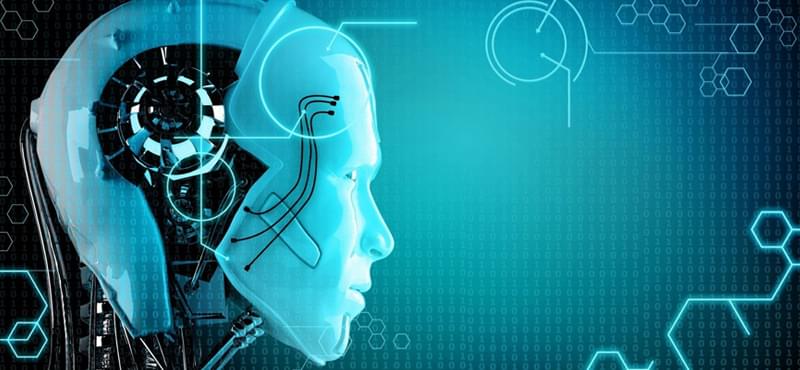


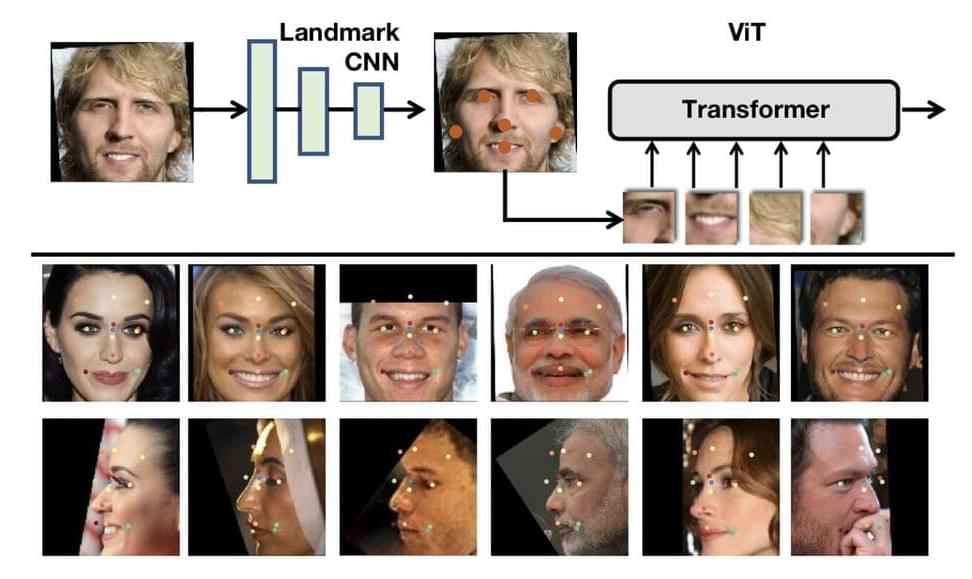
Face recognition tools are computational models that can identify specific people in images, as well as CCTV or video footage. These tools are already being used in a wide range of real-world settings, for instance aiding law enforcement and border control agents in their criminal investigations and surveillance efforts, and for authentication and biometric applications. While most existing models perform remarkably well, there may still be much room for improvement.
Researchers at Queen Mary University of London have recently created a new and promising architecture for face recognition. This architecture, presented in a paper pre-published on arXiv, is based on a strategy to extract facial features from images that differs from most of those proposed so far.
“Holistic methods using convolutional neural networks (CNNs) and margin-based losses have dominated research on face recognition,” Zhonglin Sun and Georgios Tzimiropoulos, the two researchers who carried out the study, told TechXplore.
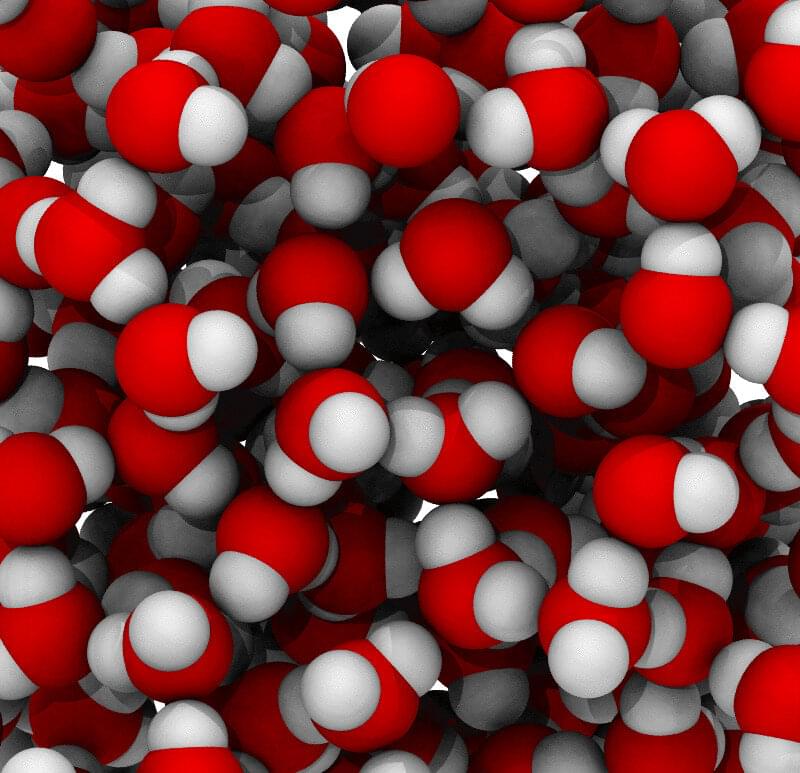
Water has puzzled scientists for decades. For the last 30 years or so, they have theorized that when cooled down to a very low temperature like-100C, water might be able to separate into two liquid phases of different densities. Like oil and water, these phases don’t mix and may help explain some of water’s other strange behavior, like how it becomes less dense as it cools.
It’s almost impossible to study this phenomenon in a lab, though, because water crystallizes into ice so quickly at such low temperatures. Now, new research from the Georgia Institute of Technology uses machine learning models to better understand water’s phase changes, opening more avenues for a better theoretical understanding of various substances. With this technique, the researchers found strong computational evidence in support of water’s liquid-liquid transition that can be applied to real-world systems that use water to operate.
“We are doing this with very detailed quantum chemistry calculations that are trying to be as close as possible to the real physics and physical chemistry of water,” said Thomas Gartner, an assistant professor in the School of Chemical and Biomolecular Engineering at Georgia Tech. “This is the first time anyone has been able to study this transition with this level of accuracy.”
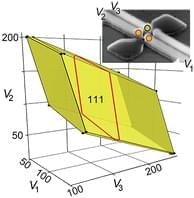
In spin-based quantum processors, each quantum dot of a qubit is populated by exactly one electron, which requires careful tuning of each gate voltage such that it lies inside the charge-stability region (the “Coulomb diamond’‘) associated with the dot array. However, mapping the boundary of a multidimensional Coulomb diamond by traditional dense raster scanning would take years, so the authors develop a sparse acquisition technique that autonomously learns Coulomb-diamond boundaries from a small number of measurements. Here we have hardware-triggered line searches in the gate-voltage space of a silicon quadruple dot, with smart search directions proposed by an active-learning algorithm.
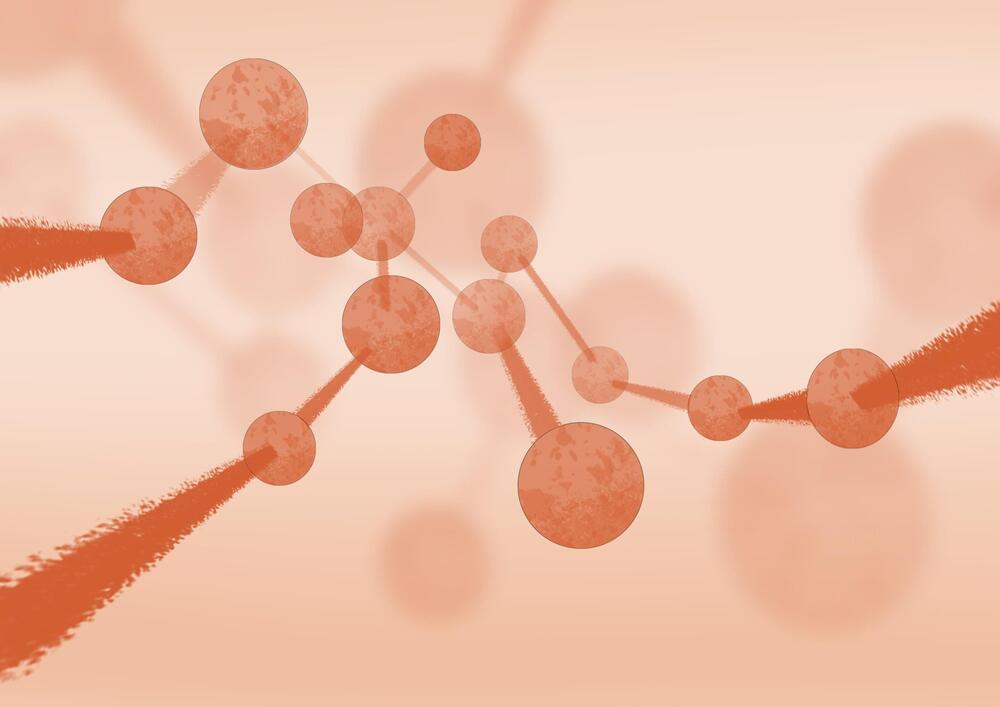
A new machine learning model will help scientists identify small molecules, with applications in medicine, drug discovery and environmental chemistry. Developed by researchers at Aalto University and the University of Luxembourg, the model was trained with data from dozens of laboratories to become one of the most accurate tools for identifying small molecules.
Thousands of different small molecules, known as metabolites, transport energy and transmit cellular information throughout the human body. Because they are so small, metabolites are difficult to distinguish from each other in a blood sample analysis—but identifying these molecules is important to understand how exercise, nutrition, alcohol use and metabolic disorders affect well-being.
Metabolites are normally identified by analyzing their mass and retention time with a separation technique called liquid chromatography followed by mass spectrometry. This technique first separates metabolites by running the sample through a column, which results in different flow rates—or retention times—through the measurement device.